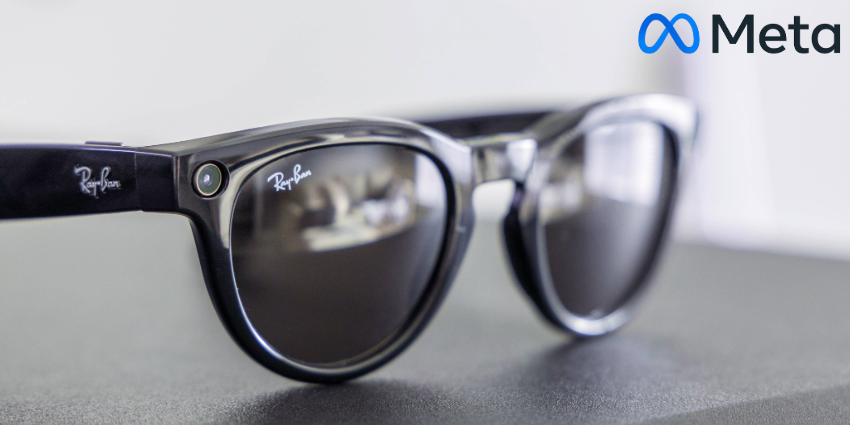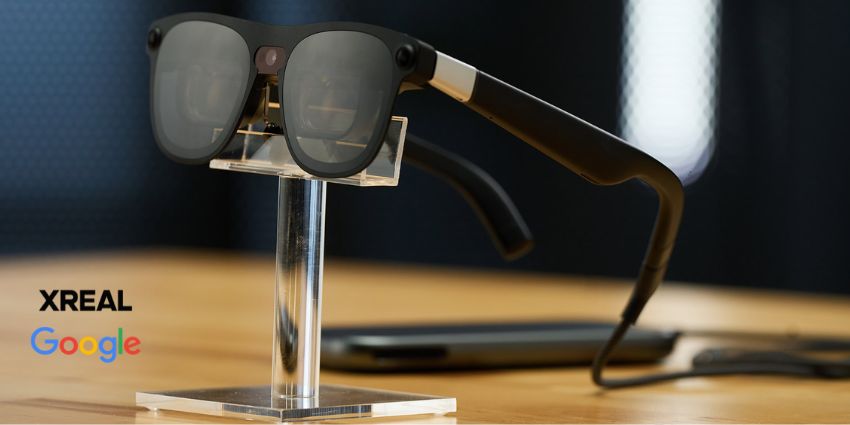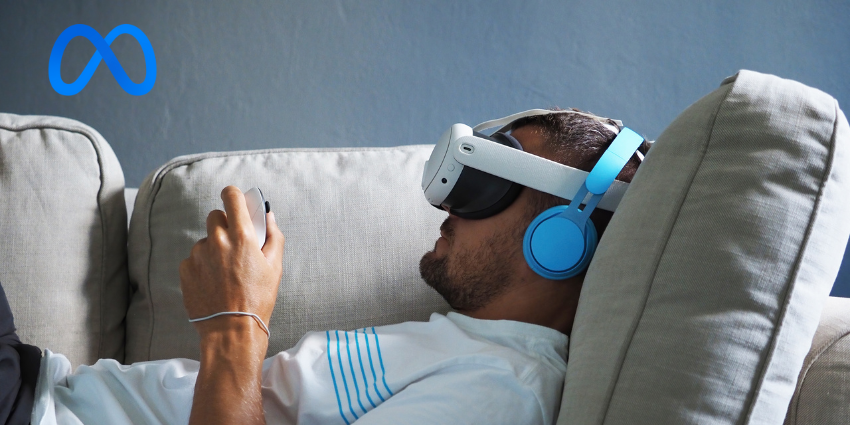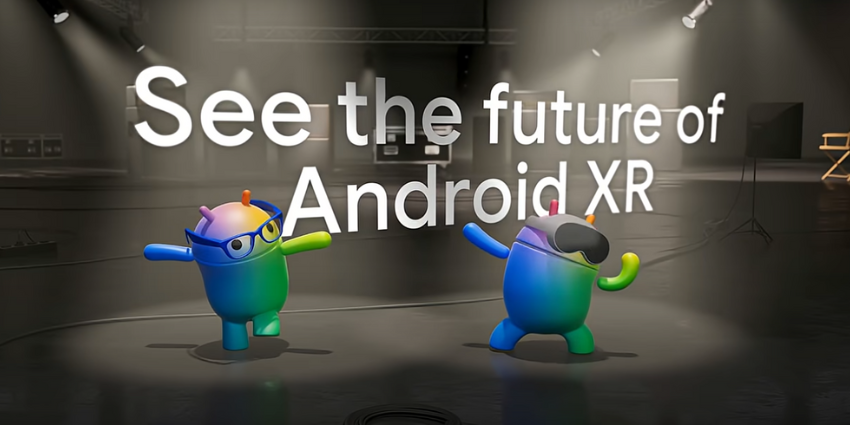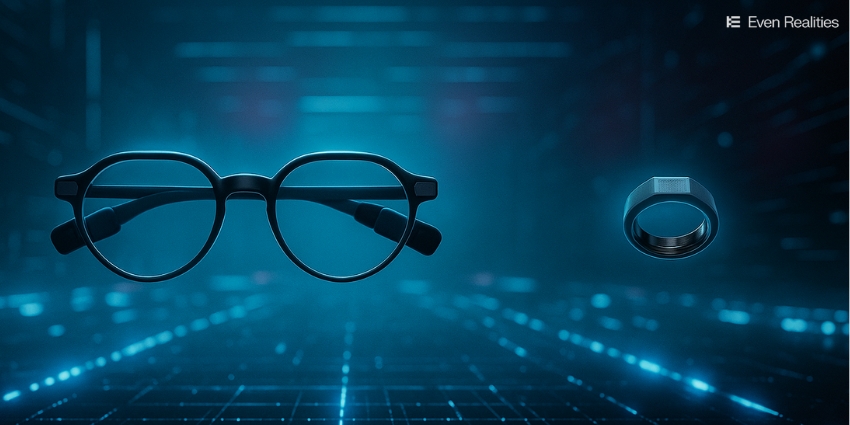Strong Sales Performance Exceeds Expectations
In their latest earnings call, EssilorLuxottica – Meta’s key smart glasses partner – revealed remarkable success for their Ray-Ban Meta smart glasses, with over 2 million units sold since their September 2023 launch.
CFO Stefano Grassi highlighted the product’s strong performance in Europe:
Just to give you an idea, it’s not just a success in the U.S., where it’s obvious, but it’s also [a] success here in Europe. In 60% of the Ray-Ban stores in Europe, in EMEA, Ray-Ban Meta is the best-seller in those stores. So it’s something that [is] extremely pleasing.
The company has announced plans to expand production capacity to 10 million annual units by the end of 2026, primarily across facilities in China and Southeast Asia, demonstrating confidence in sustained demand.
Strategic Expansion and AI Integration
Meta has recently expanded its AI framework rollout across Ray-Ban Meta smart glasses in EU regions, including France, Italy, Ireland, and Spain, following its initial deployment in the US, Canada, and Australia. The integration now supports French, Italian, and Spanish language capabilities, with Meta indicating plans for further expansion across additional European countries.
CEO Francesco Milleri emphasised the transformative nature of their initiative:
We are really building a new category. When you build a new category in an old market, you have really to deal with two pieces of the puzzle. One is the margin [resellers usually] have and the type of product that you invented… We believe that is the right way to approach it to become a normal pair of eyewear that you wear every day.
Product Development and Innovation
The company reports considerable progress in the evolution of their smart glasses technology since the initial Ray-Ban Stories release. According to Milleri, “If you compare the first Ray-Ban Story with the second release of Ray-Ban Meta, you really understand that are two completely different products. And the second is so much better than the first. And it’s just one year later.”
The integration with Transitions technology has proven particularly successful, with 40% of Ray-Ban Meta sales through direct-to-consumer channels now including photochromic lenses. This feature enables all-day use of the product, transforming it from a specialised device to an everyday wearable.
Market Evolution and Research Initiatives
EssilorLuxottica reports receiving inquiries from multiple brands interested in incorporating electronic capabilities into their eyewear, though specific brands haven’t been disclosed. The company has confirmed they’re exploring subscription-based services and additional AI-driven functionalities for future releases.
Meta is advancing research through Project Aria, which was announced at Connect 2020. The company is working with a shortlist of universities, including the University of Bristol, which uses Aria sensors to create 3D models of real-world environments through their Ego-Exo4D project.
The University of Iowa is utilising the Aria framework to develop healthcare services for individuals with hearing loss
Financial Performance and Market Strategy
According to CFO Stefano Grassi, these margins are improving month by month as sales volume increases, and are significantly better than the previous Ray-Ban Stories model.
The investment in production capacity expansion comes alongside strategic investments in AI and diagnostics, with CFO Grassi highlighting a ‘double-digit pipeline of strategic investments in AI and diagnostics.
Industry Implications and Future Outlook
The rapid adoption of Ray-Ban Meta could signal several potential developments for the AR glasses market:
- Integration with Healthcare: Early research suggests possible applications in assistance for visual and hearing impairments, though these remain in development stages.
- Enterprise Applications: While consumer adoption leads current sales, the technology could potentially extend to professional uses, particularly as AI capabilities expand.
- Evolution of Features: The addition of AI assistants and language support demonstrates the potential for smart glasses to become more versatile through software updates.
Looking ahead, EssilorLuxottica’s production capacity expansion indicates confidence in sustained demand.
CEO Francesco Milleri paints an ambitious vision for the future of eyewear:
The evolution of wearable [XR technology], it will be very, very fast because really the progression that we see on technology is amazing… We are really receiving requests almost from all brands to have at least one SKU with some electronic capability inside. I believe also it is not far, maybe that also the luxury brand, they will offer this kind of future in their top SKU.
While this vision of ubiquitous smart eyewear remains to be proven, the current data shows growing market acceptance of the technology, with Ray-Ban Meta’s success potentially marking a turning point in consumer adoption of smart glasses.
